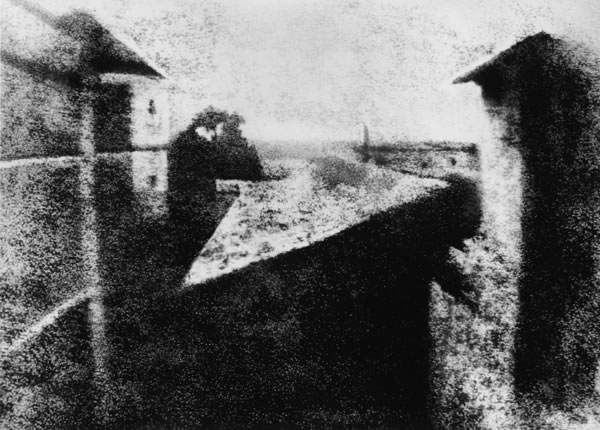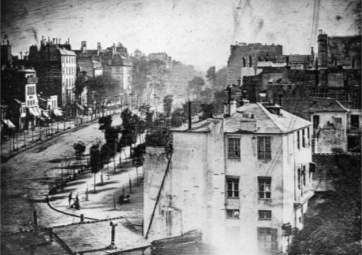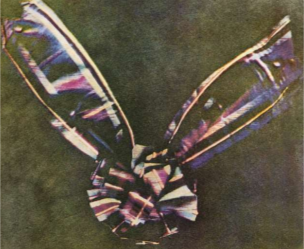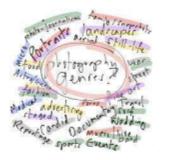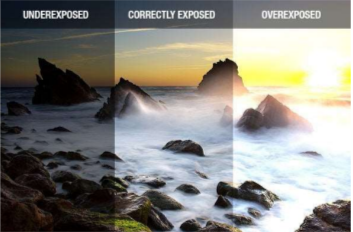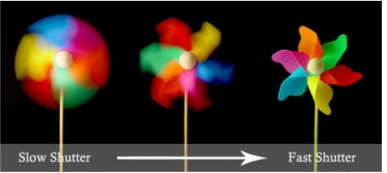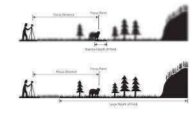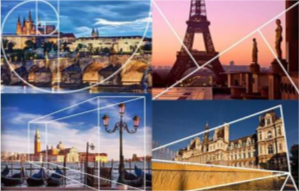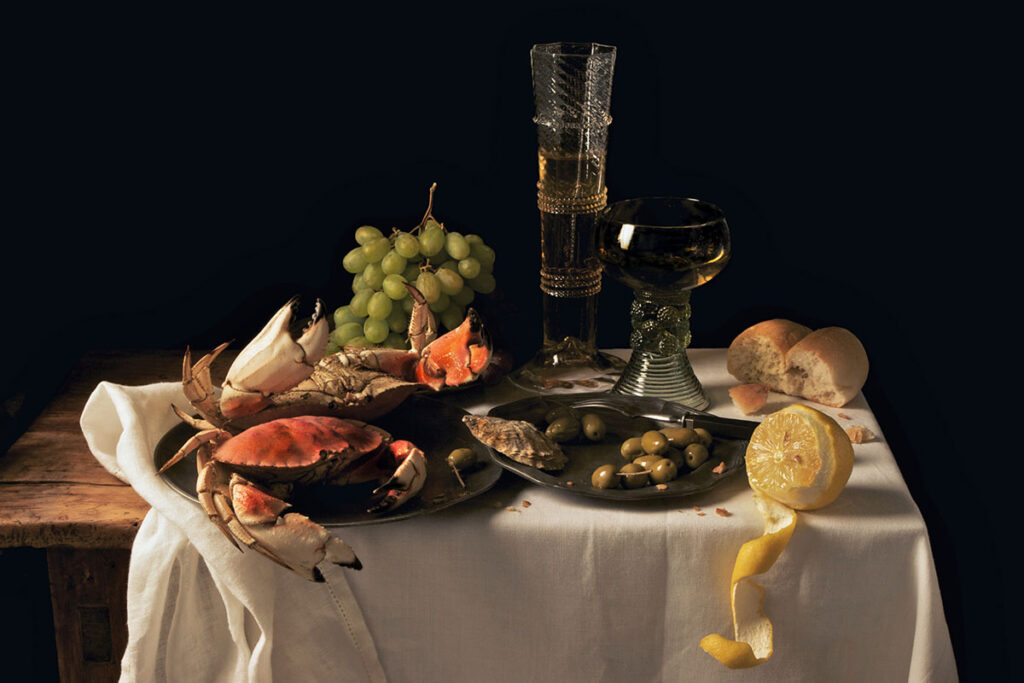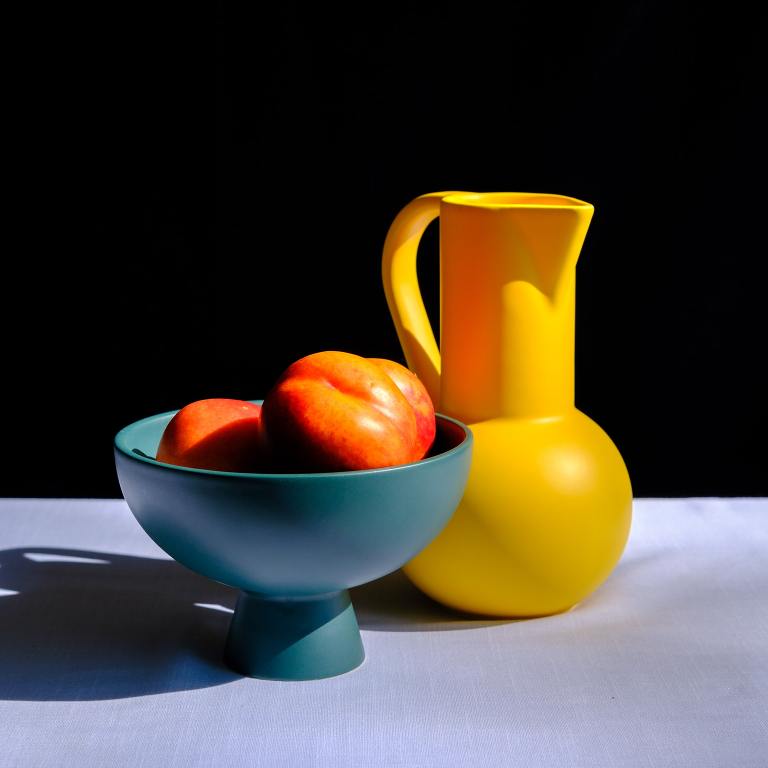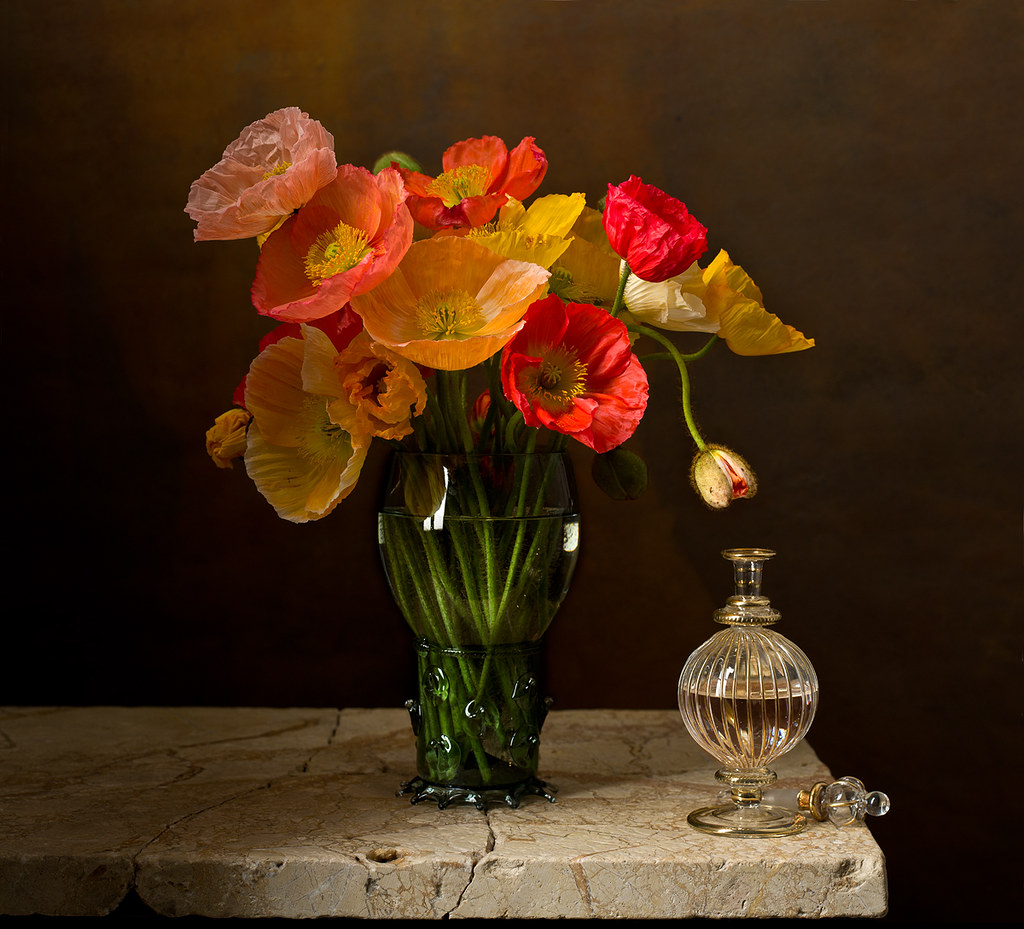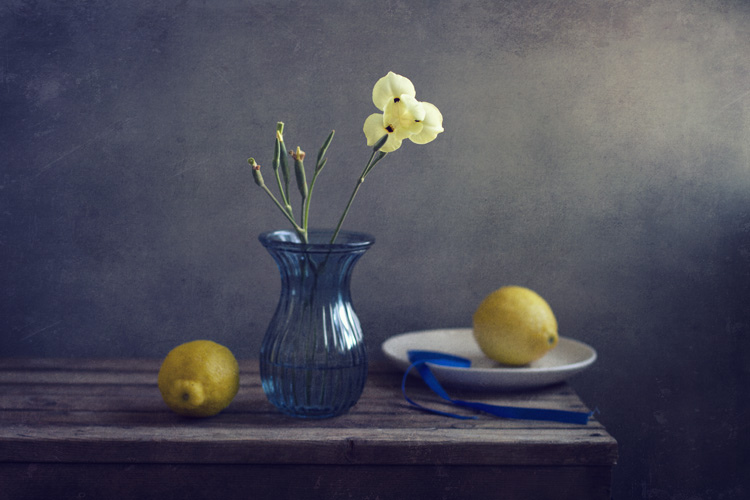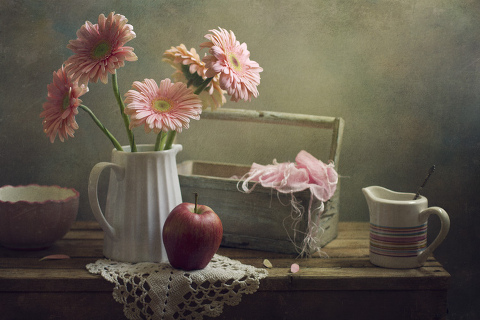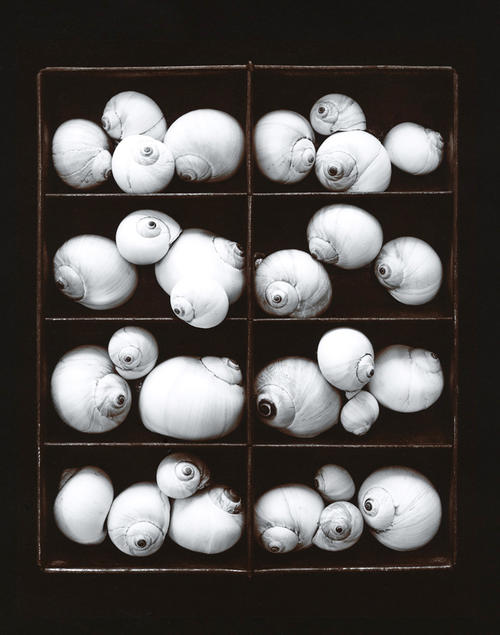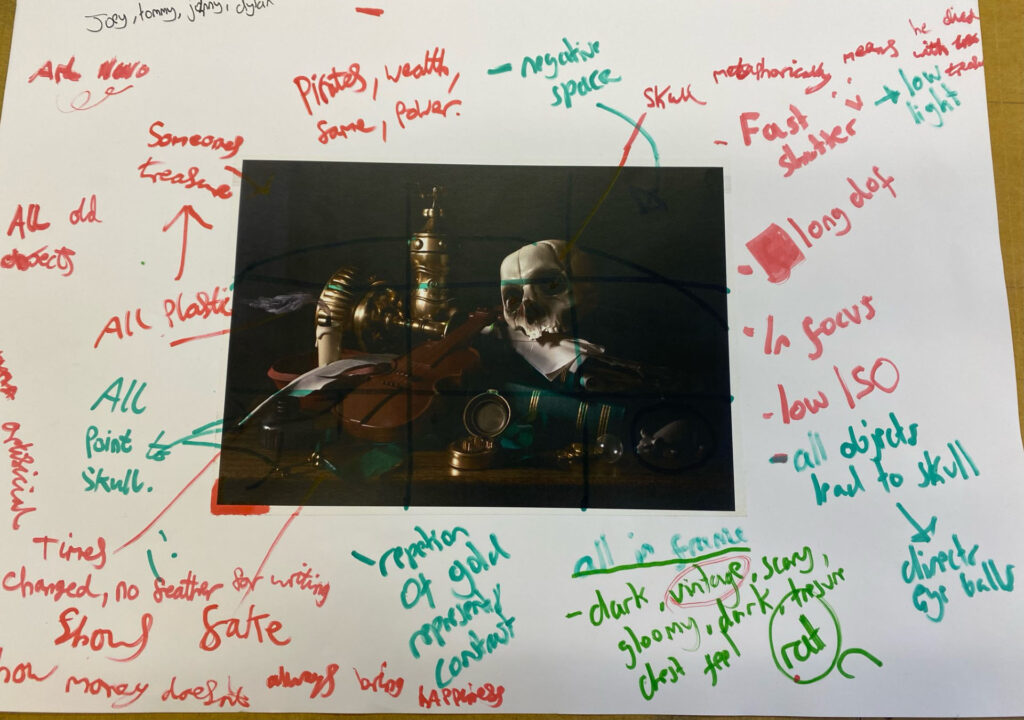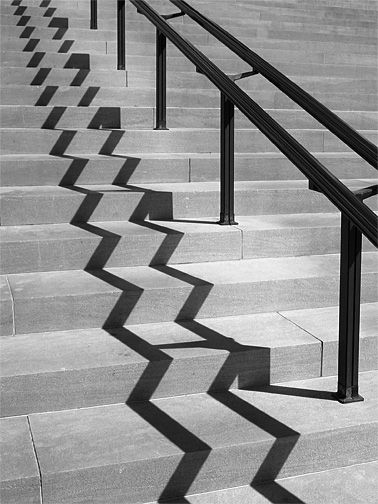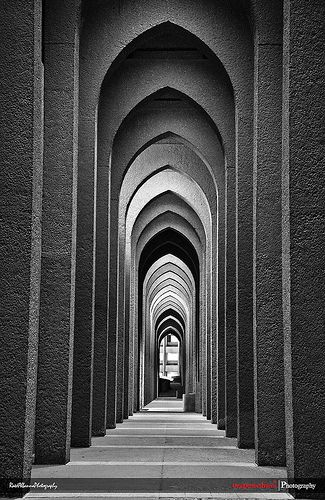Q1: What is the etymology (origin & history) of the word photography?
– The etymology of the word photography is writing with light.
The word was supposedly first coined by the British scientist Sir John Herschel in 1839 from the Greek words phos, (genitive: phōtós) meaning “light”, and graphê meaning “drawing or writing”.
Q2: What year was the first photograph taken on camera?
The first photograph was taken in 1826 by French scientist Joseph Nicéphore Niépce, at his family’s country home, Le Gras.
Hundreds of years of advancements in chemistry and optics led to the invention of the camera obscura, which enabled the first photograph to be taken.
Q3: When did the first photograph of a human appear?
The first photograph of a human was taken in 1838 by Louis Daguerre.
An old black-and-white scene of a strangely deserted city, smudged in places by some primitive photographic process. But this image, taken in Paris, France, in 1838, is believed to be the earliest known photograph featuring a person.
Q4: Who took the first ‘selfie’?
Robert Cornelius (1839)
Robert Cornelius was an American photographer who took a daguerreotype of himself in 1839. Taken two years after the invention of the daguerreotype but just months after Daguerre shared his invention with the world, the image is thought to be both the first selfie and one of the first photographs of a person.
Q5: When did the first colour photograph appear?
1861
The first colour photograph made by the three-color method suggested by James Clerk Maxwell in 1855, taken in 1861 by Thomas Sutton. The subject is a coloured ribbon, usually described as a tartan ribbon.
Q6: What do we mean by the word genre?
a style or category of art, music, or literature.
Q7: What do we mean by the genre of still-life?
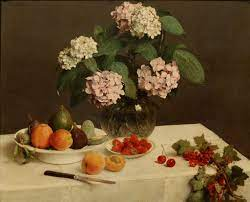
The term “still life” describes a work of art that shows inanimate objects from the natural or man-made world, such as fruit, flowers, dead game, and/or vessels like baskets or bowls.
Looked at another way: still life depict things that are “still” and don’t move. Still life is a genre that spans art history.
Q8: What was the main purpose of the Pictorialist movement?
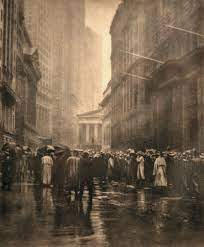
To affirm photography as an art form.
Through their creations, the movement strove to elevate photography to the same level as painting and have it recognized as such by galleries and other artistic institutions.
Q9: How do we describe the term documentary photography?

Documentary photography is a style of photography that provides a straightforward and accurate representation of people, places, objects and events, and is often used in reportage.
- Capture images that truthfully portray people, places, and events.
- Provide in-depth information about a subject over a long period of time.
- An interpretation of reality as witnessed by the photographer.
Q10: What is exposure in photography?
Exposure is the amount of light that reaches your camera’s sensor, creating visual data over a period of time.
It is one of the most fundamental photography terms. When you take a picture, you press the shutter button to open a camera’s aperture and light streams in, triggering a response from a sensor.
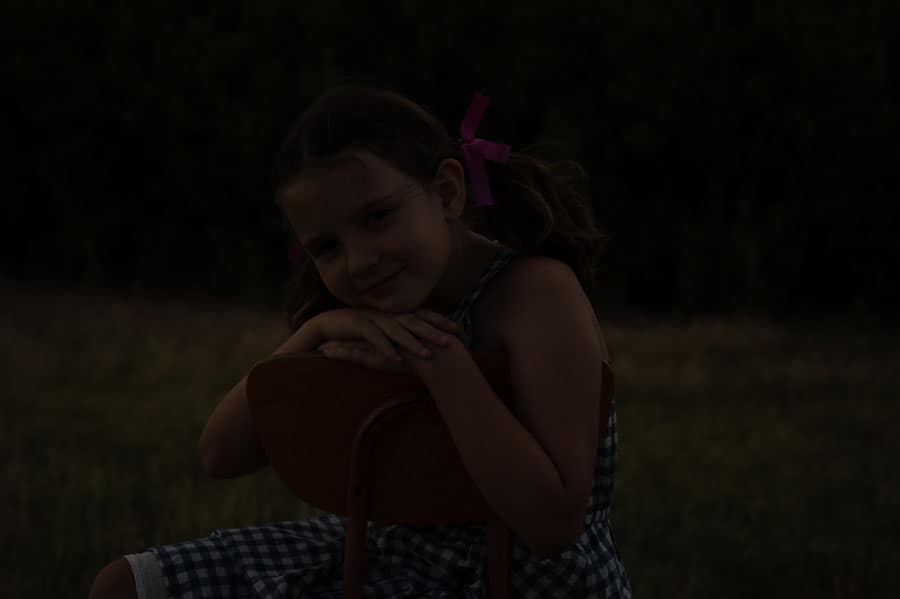
Photos which are underexposed means that they are too dark, like the photo of the left.
Where as photos which are over exposed are too bright due to the amount of light that has reached the sensor of the camera.
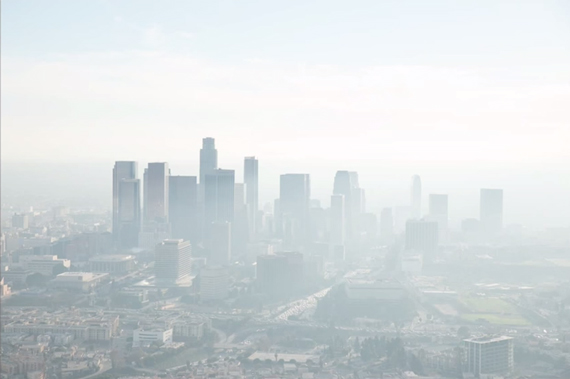
Q11: What controls exposure on your camera?

The tools which control your exposure on your camera are aperture, shutter speed and ISO.
Aperture: Aperture refers to the opening of a lens’s diaphragm through which light passes. It is calibrated in f/stops and is generally written as numbers.
Shutter speed: It’s the speed at which the shutter of the camera closes.
Fast shutter speed: A fast shutter speed creates a shorter exposure.
Slow shutter speed: A slow shutter speed gives the photographer a longer exposure.
Q12: What control on our camera records moving objects?
A shutter speed of 1/250 sec should be fast enough to freeze people walking around, whereas 1/500 sec is better if your subject is moving a bit quicker. For faster objects such as cars and birds in flight, shutter speeds of 1/2000 sec, 1/4000 sec or quicker are preferred.
Q13: How do we explain depth of field?
In simplest terms, depth of field is how much of your image is in focus. In more technical terms, depth of field is the distance in an image where objects appear “acceptably in focus” or have a level of “acceptable sharpness.”
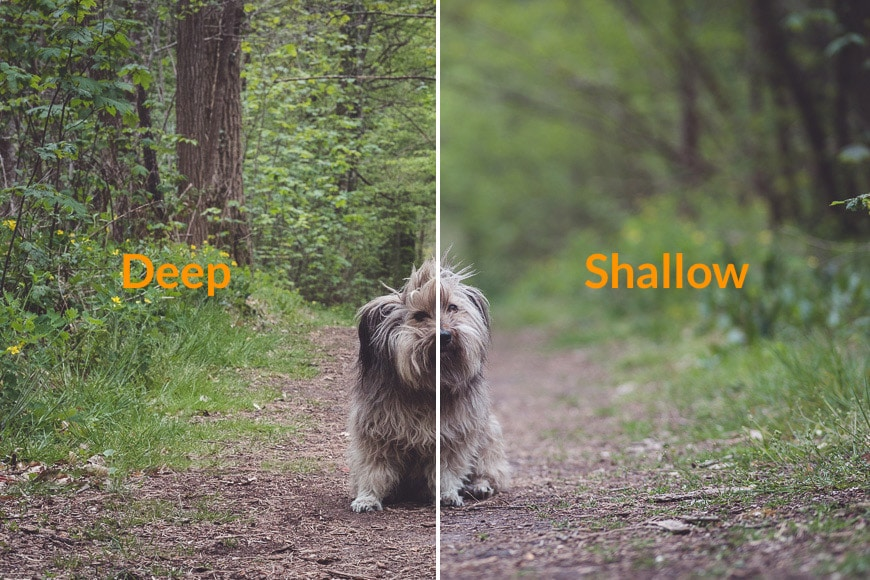
Low depth of field- less is in focus.
High depth of field- more is in focus.
Q14: What factors affect Depth of Field?
You can affect the depth of field by changing the following factors: aperture, the focal length and the distance from the subject

Q15: What is composition in photography?
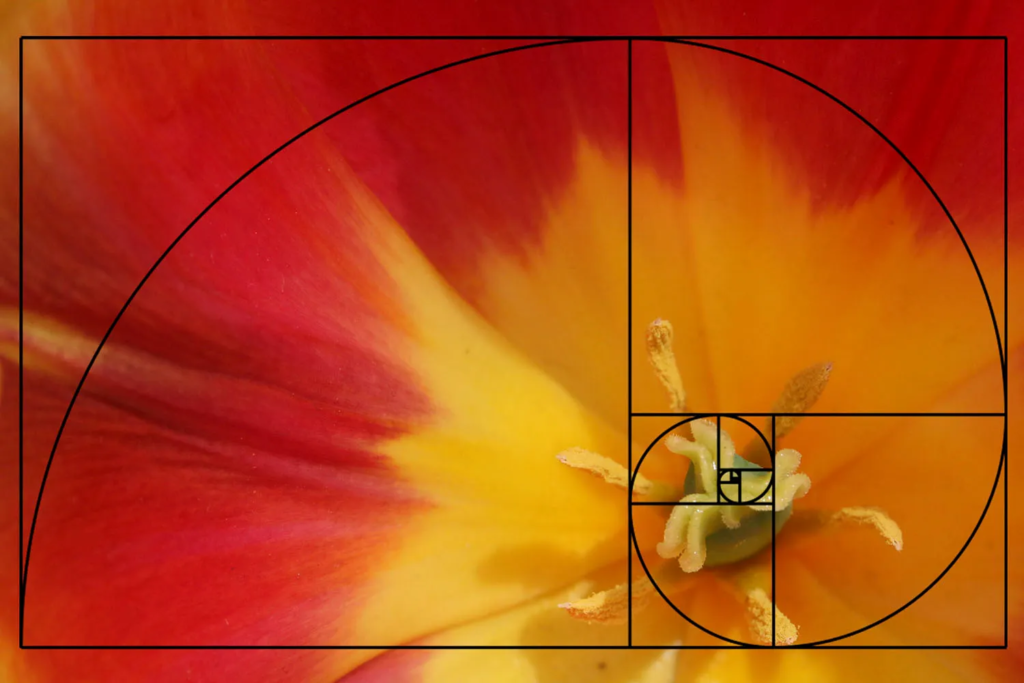
As in visual arts, composition in photography is simply the arrangement of visual elements within a frame.
Composition is responsible for the narrative of a photograph. It dictates where everything should stay, the distances between elements, and who is larger, more colorful, or brighter. Its purpose is to create an aesthetically pleasant image but also a roadmap for the viewer.
Q16: What is your understanding of aesthetics in art?
Aesthetics is the study of beauty. An artistic aesthetic is the collection of stylistic choices an artist uses to make a work beautiful, or to communicate meaning, value, or emotion to the observer.
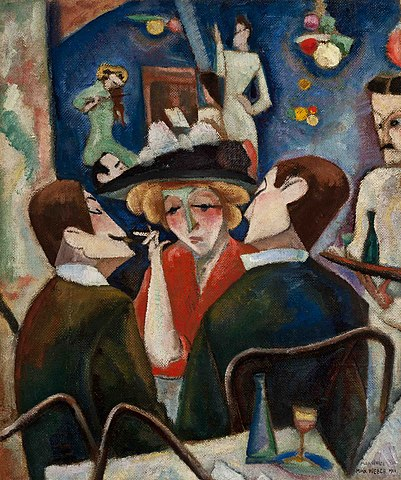
Q17: What are contextual studies in photography?
Context is the information that surrounds something, which in most cases here refers to a photograph. We form our understanding of a photograph not just from what is in it, but what we know about it.
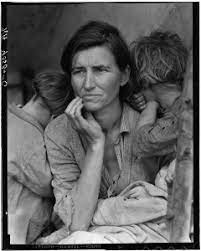
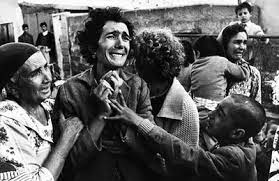
Context is used mainly to provide historical, cultural and theoretical understanding of images. Consider factors outside of the image, as well as inside the frame. To give an opinion without any research.
Q18: How many images are captured on average every day worldwide?
The number of images taken on an average day worldwide is believed to be around 6.9 billion.
Q19: Which portrait is the most reproduced in the world?
The most reproduced portrait in the world is the one of Queen Elizabeth II. It is produced on money, coffee mugs, t-shirts and much more.

















